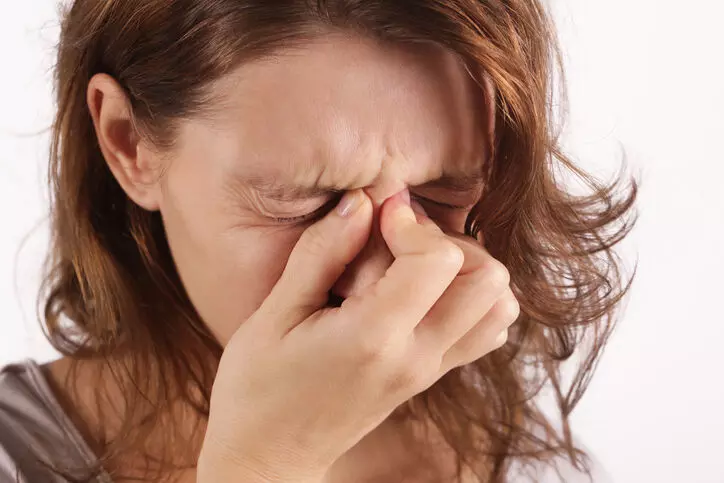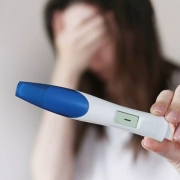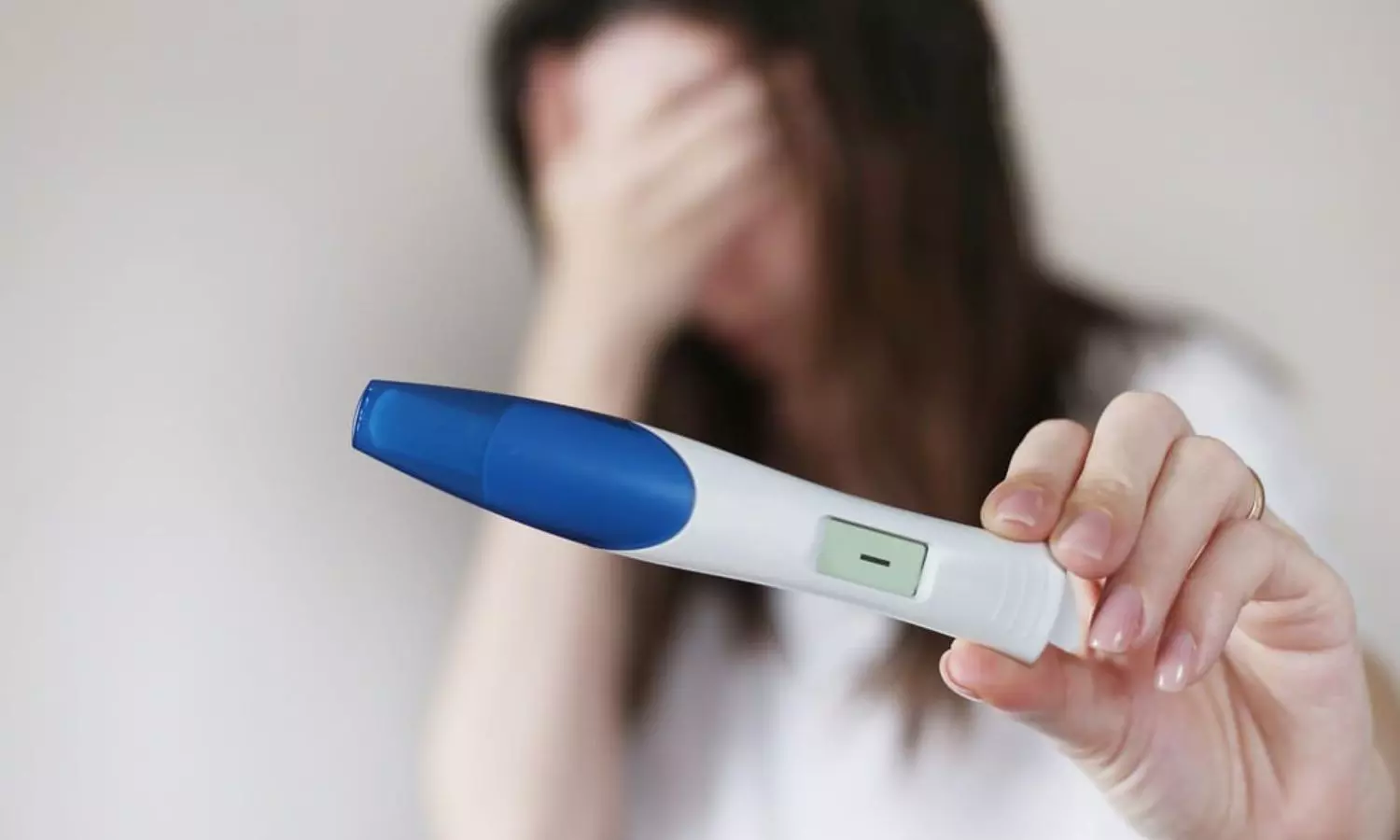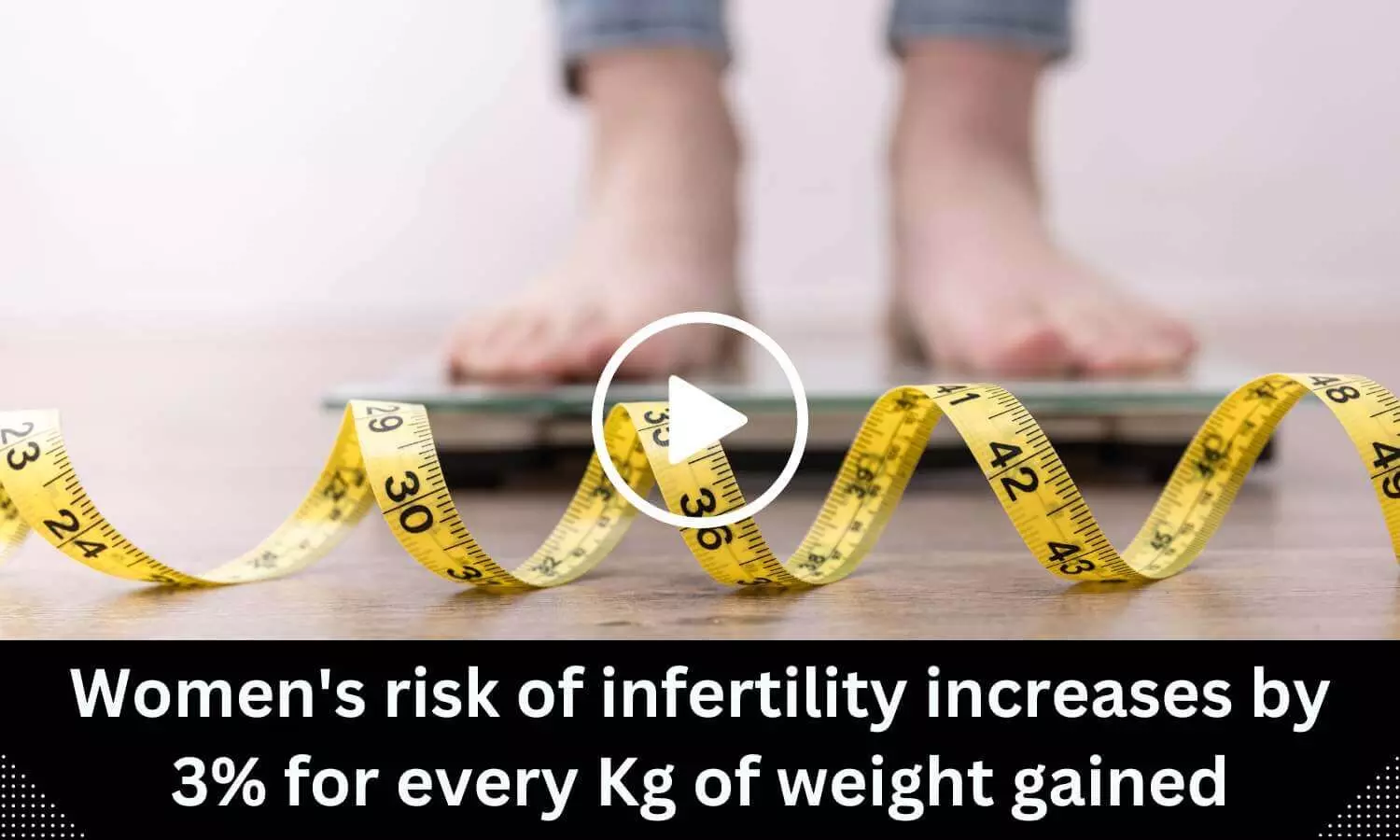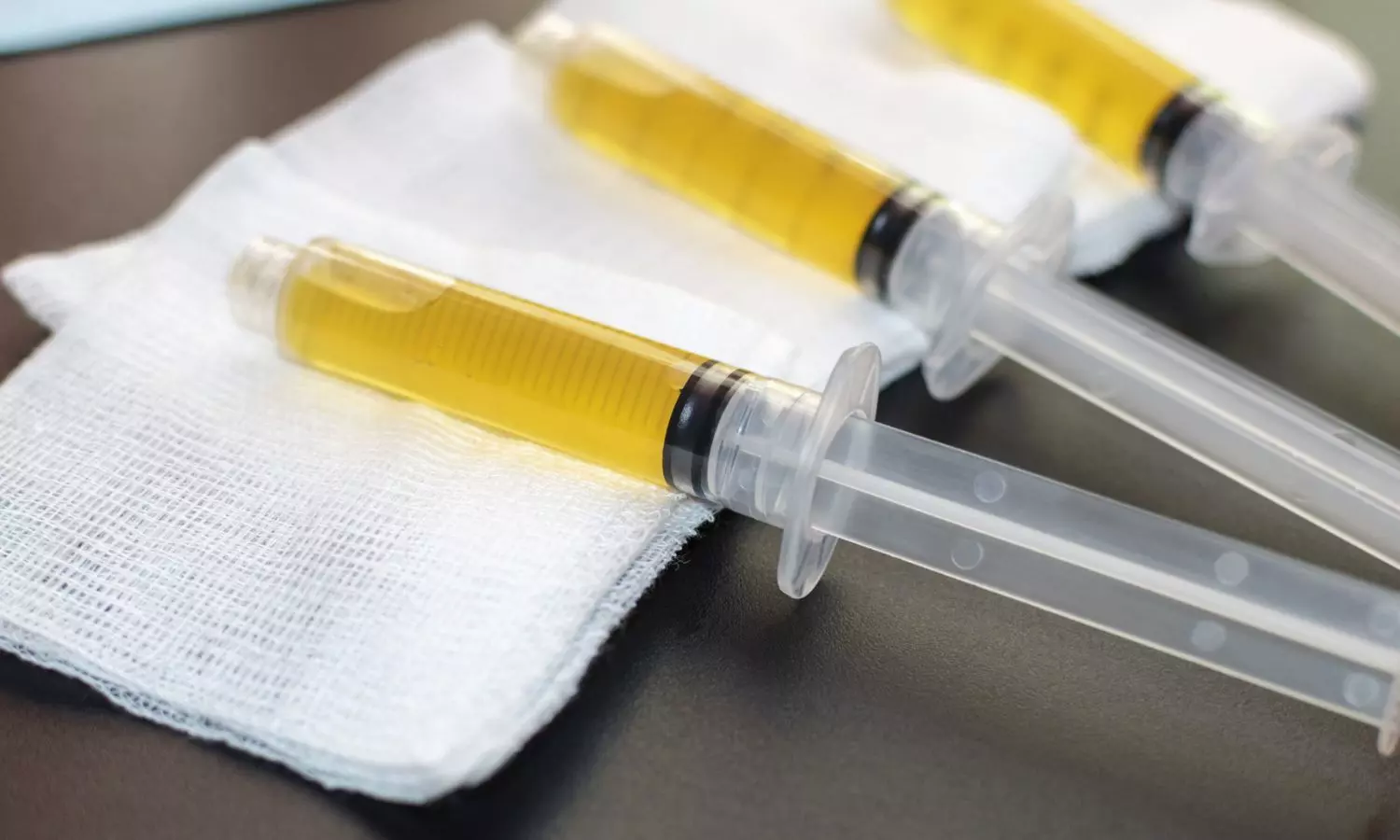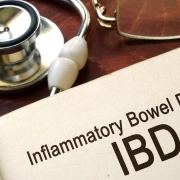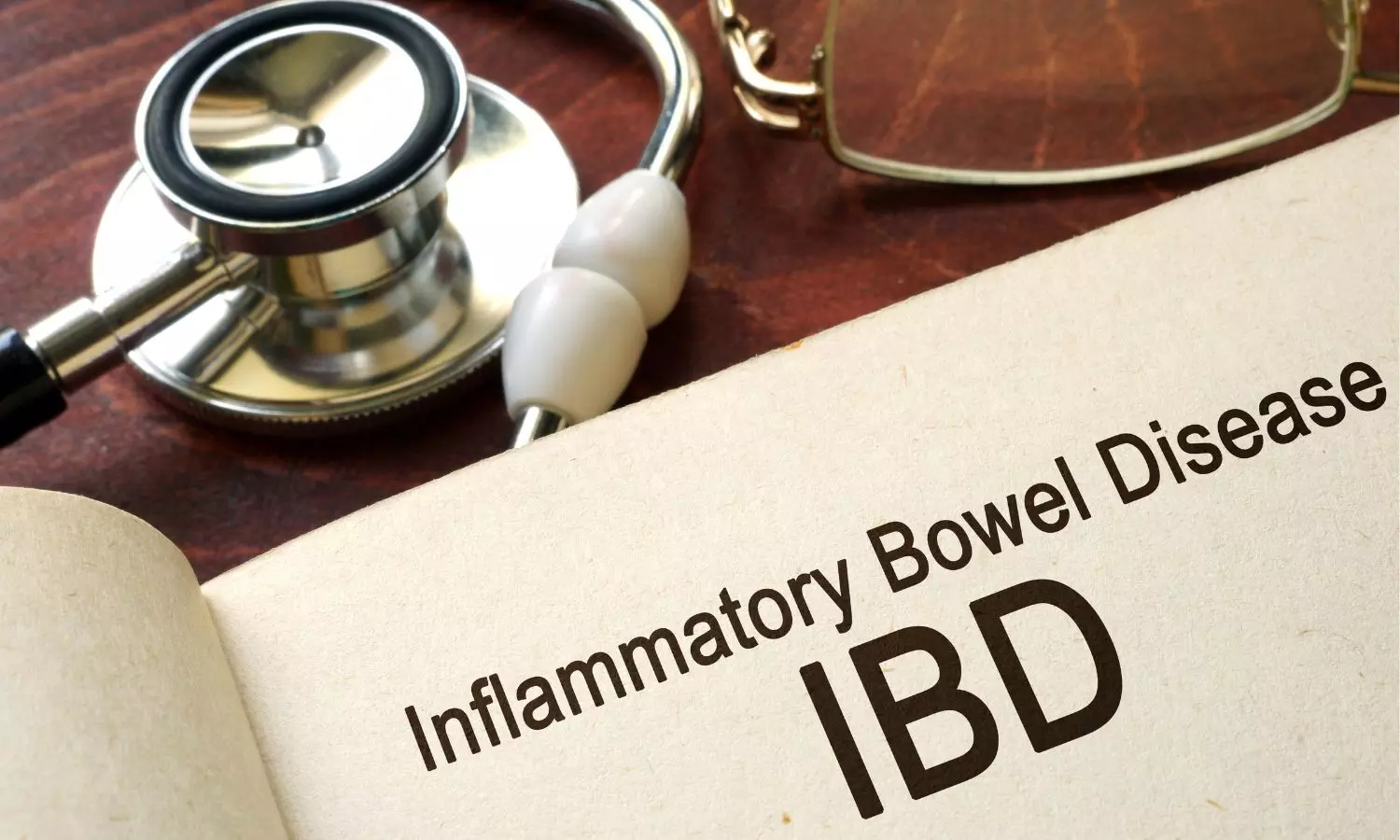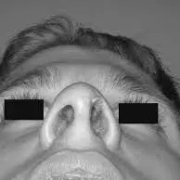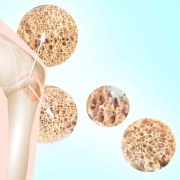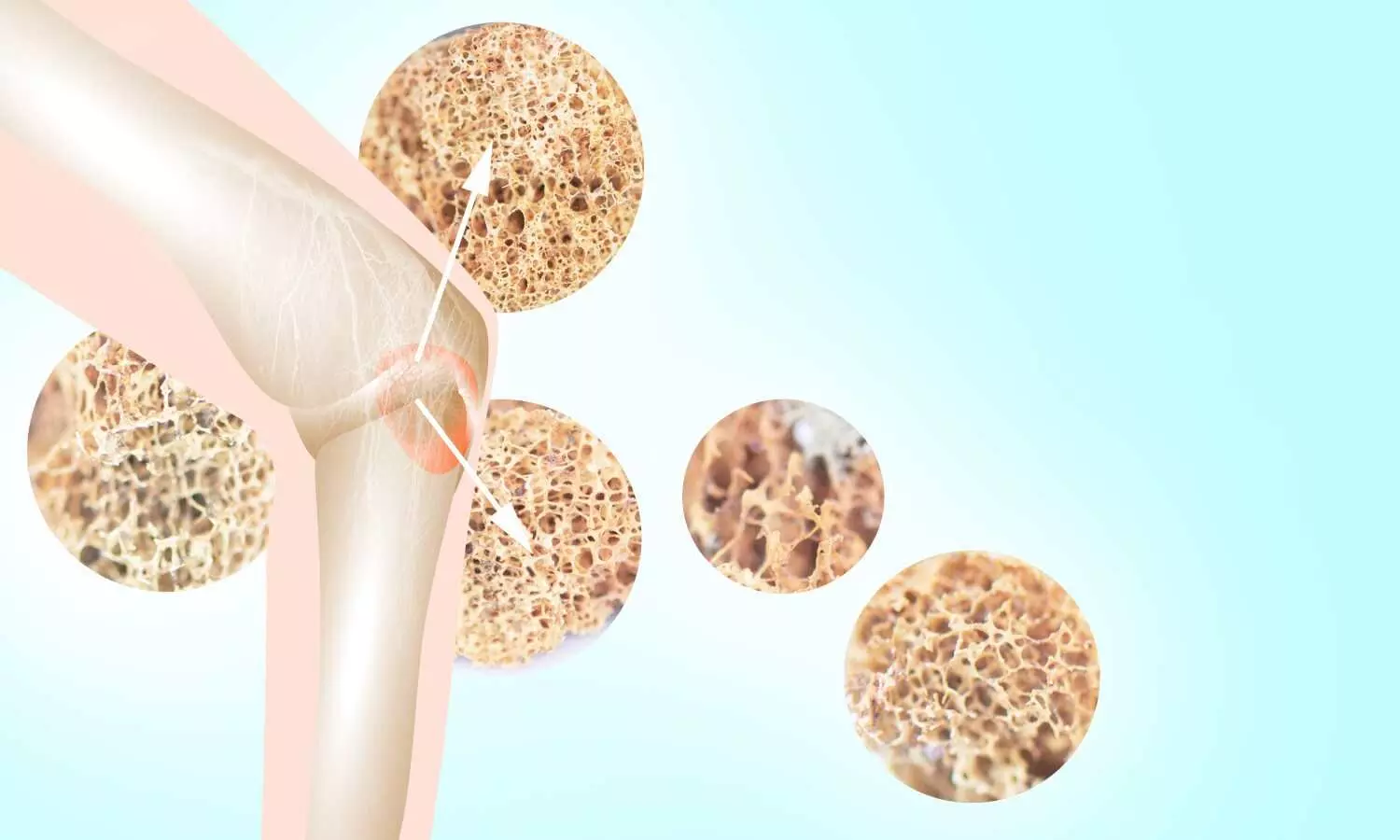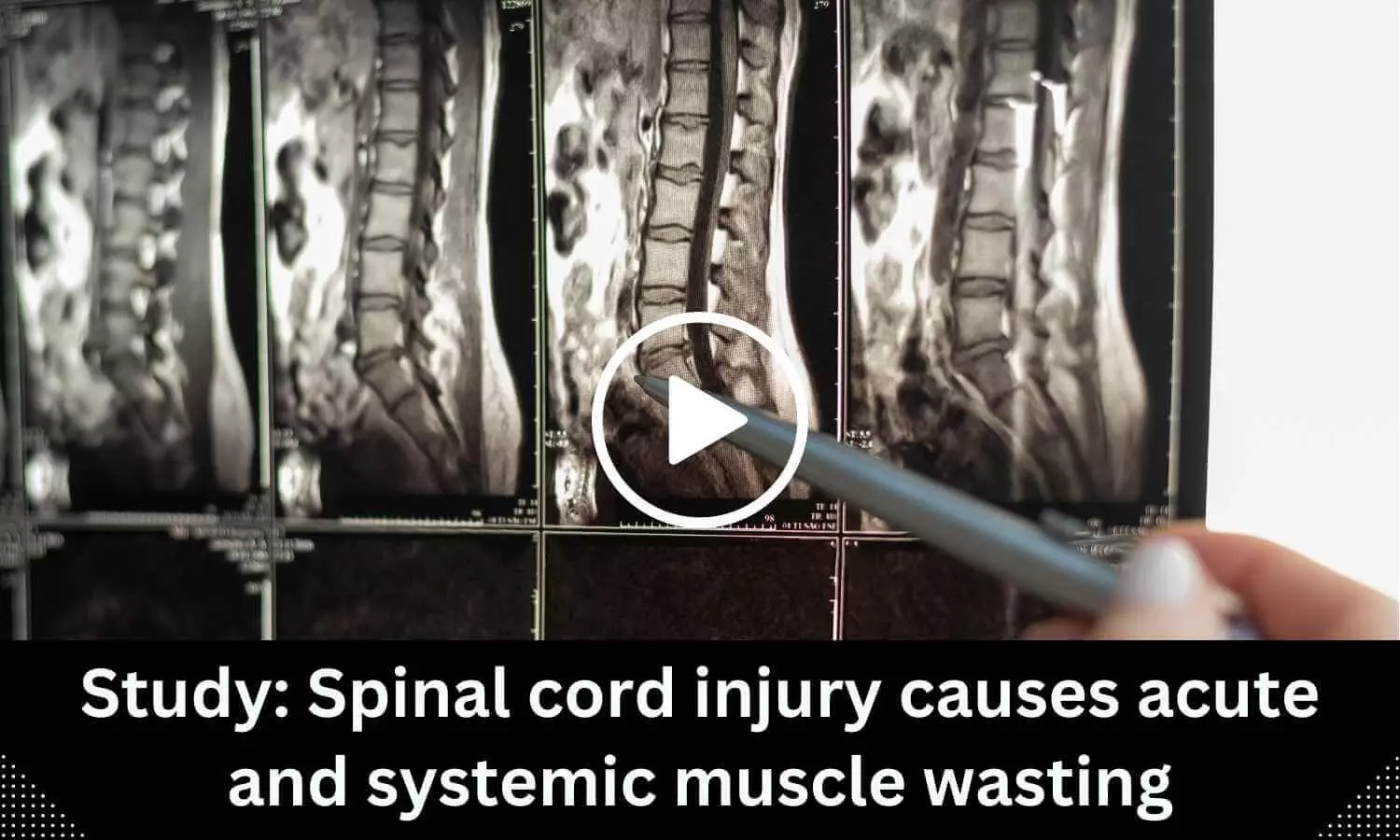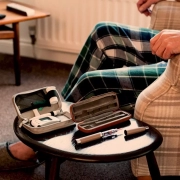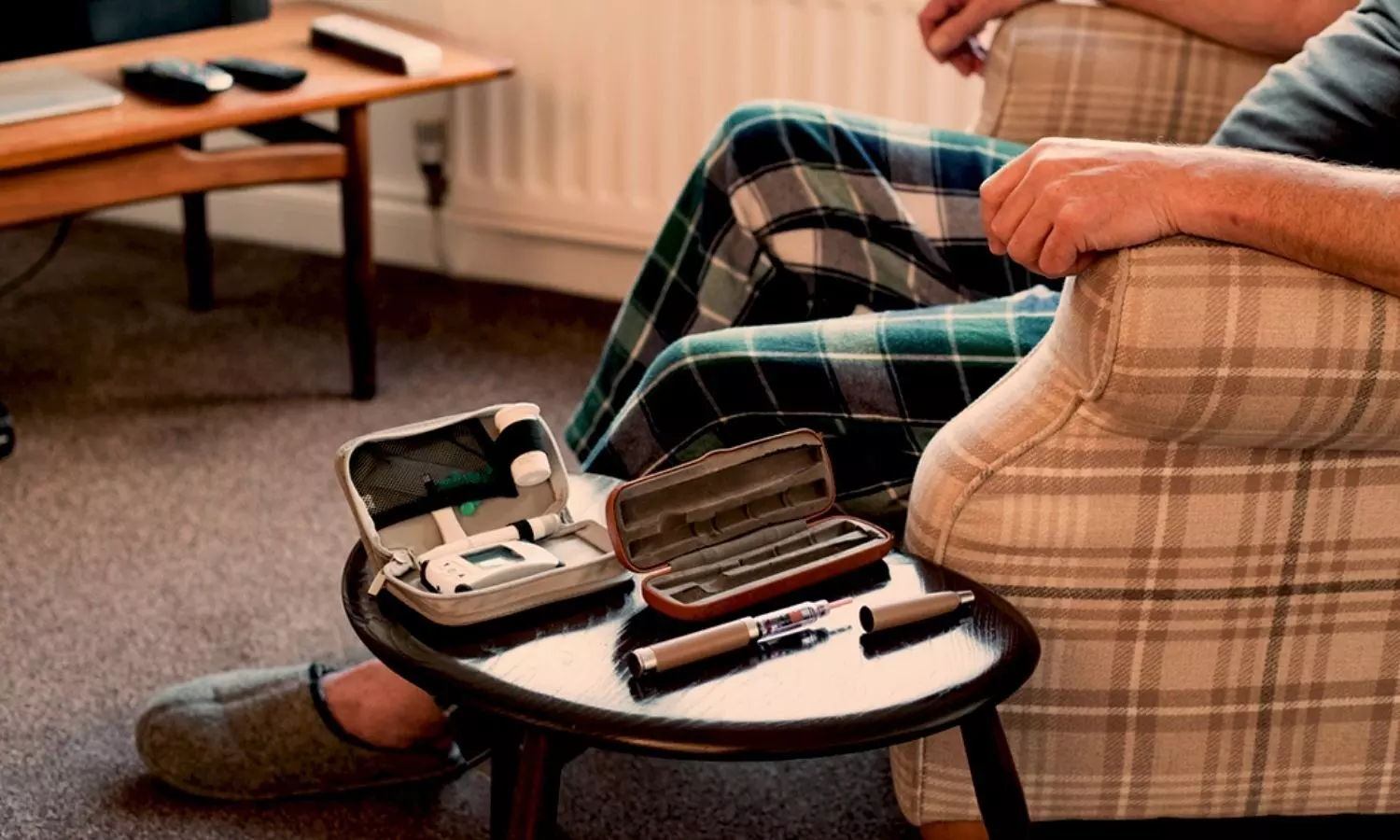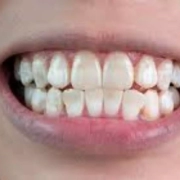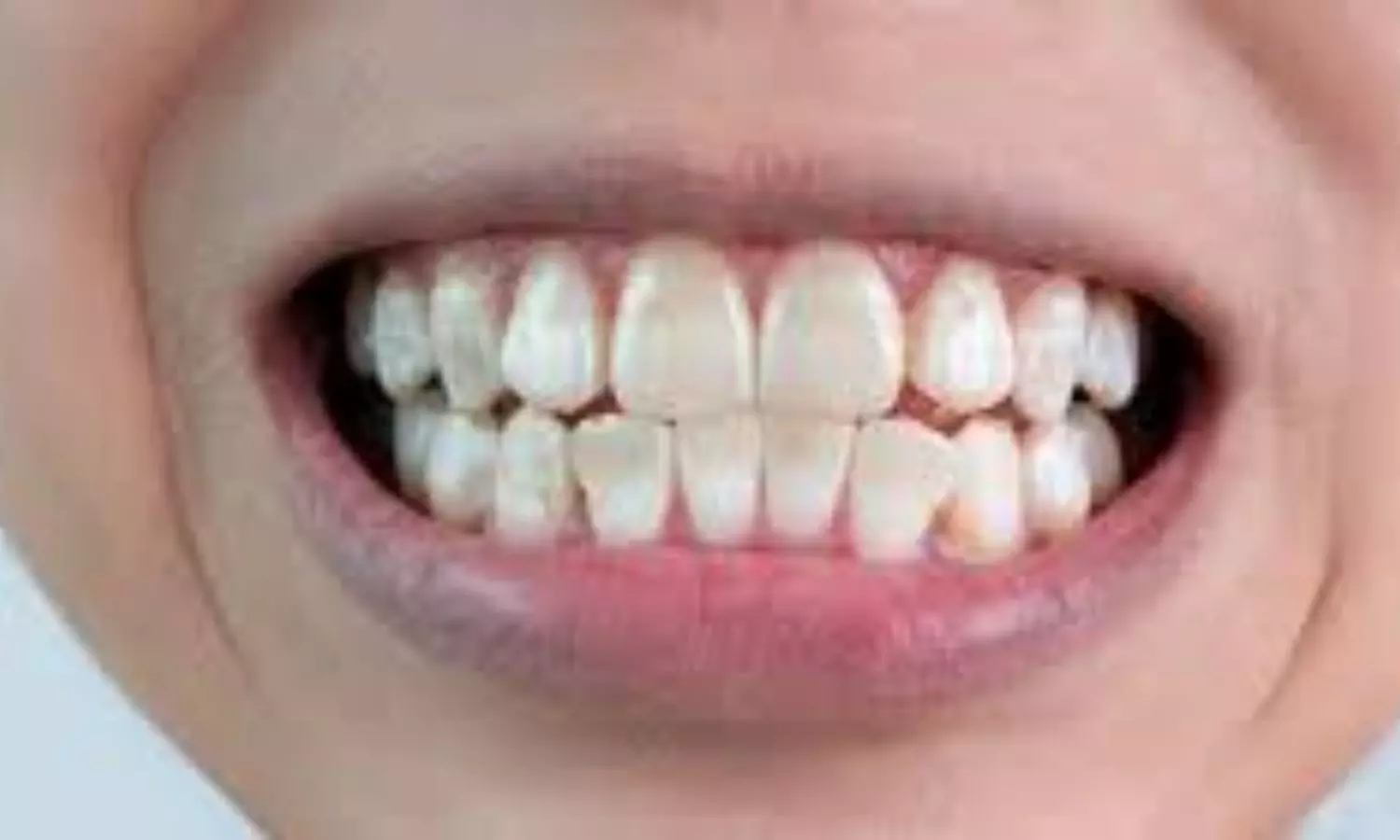Hormone Therapy may lower risk of Allergic Rhinitis in Perimenopausal Women
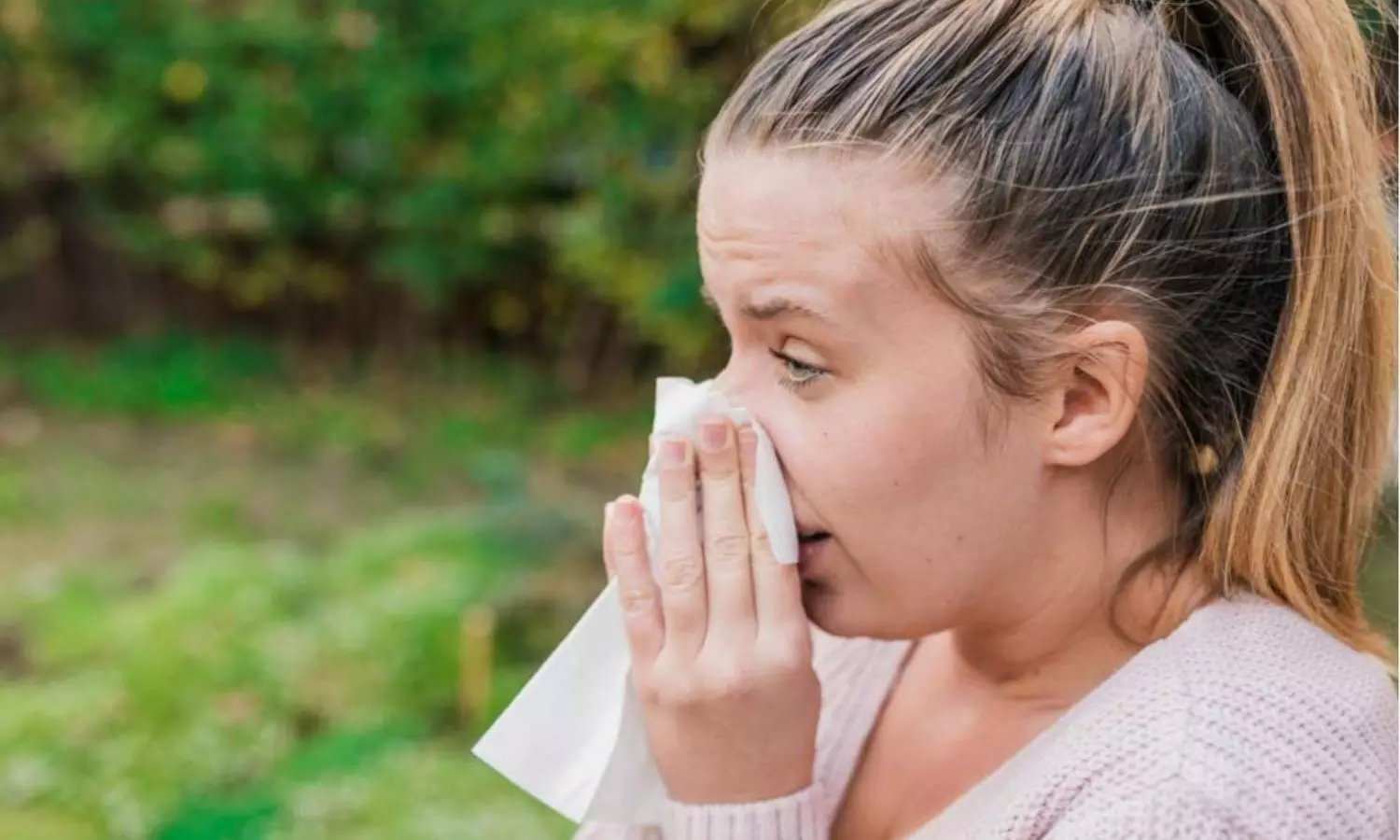
In a recent study conducted between May 2020 and March 2021 at Shijitan Hospital, researchers explored the complex connections between hormone therapy (HT), obesity, and allergic rhinitis (AR) in perimenopausal women. The study found that HT was found to reduce the risk of AR in perimenopausal women and intriguingly an association was also found between HT, BMI, and AR as lean women on HT exhibited a higher risk for AR compared to overweight women on HT.
The study results were published in the journal Allergy, Asthma and Clinical Immunology.
Mounting evidence indicates that both hormone therapy (HT) and obesity play a role in the development of allergic rhinitis (AR). As it is crucial to explore the connections and interplay between HT, body mass index (BMI), and AR specifically in perimenopausal women researchers from China conducted a study to investigate the association and interactions between HT, BMI, and AR in perimenopausal women.
A cross-sectional survey conducted between May 2020 and March 2021 involved patients from the Allergy and Gynecology Departments of Shijitan Hospital. Participants completed a detailed questionnaire, and BMI tertile-stratified analyses were performed. Logistic analyses were employed to assess relationships between HT, BMI, and AR.
Findings:
- Out of 950 participants, 393 were undergoing HT.
- HT was associated with elevated risks for AR, asthma, and their respective symptoms.
- In lean women, HT usage significantly correlated with increased risks for AR, the duration of AR, hay fever, and accompanying symptoms (including canker sores, diarrhea, and stomachache) compared to normal or heavier-weight counterparts.
The study brought to light an interaction effect between HT and BMI concerning AR. Lean women on HT exhibited a higher risk for AR compared to overweight women on HT. The relationship dynamics revealed an intricate interplay, with the course of AR, hay fever, and accompanying symptoms showing statistically significant interactions.
Contrary to previous assumptions, hormone therapy was found to reduce the risk of AR in perimenopausal women. However, the heightened risk in lean women on HT suggests a nuanced relationship that warrants further exploration. The findings not only contribute to a better understanding of the intricate connections between HT, BMI, and AR but also point towards potential shared pathways between hormone therapy and obesity in influencing allergic rhinitis.
Powered by WPeMatico



